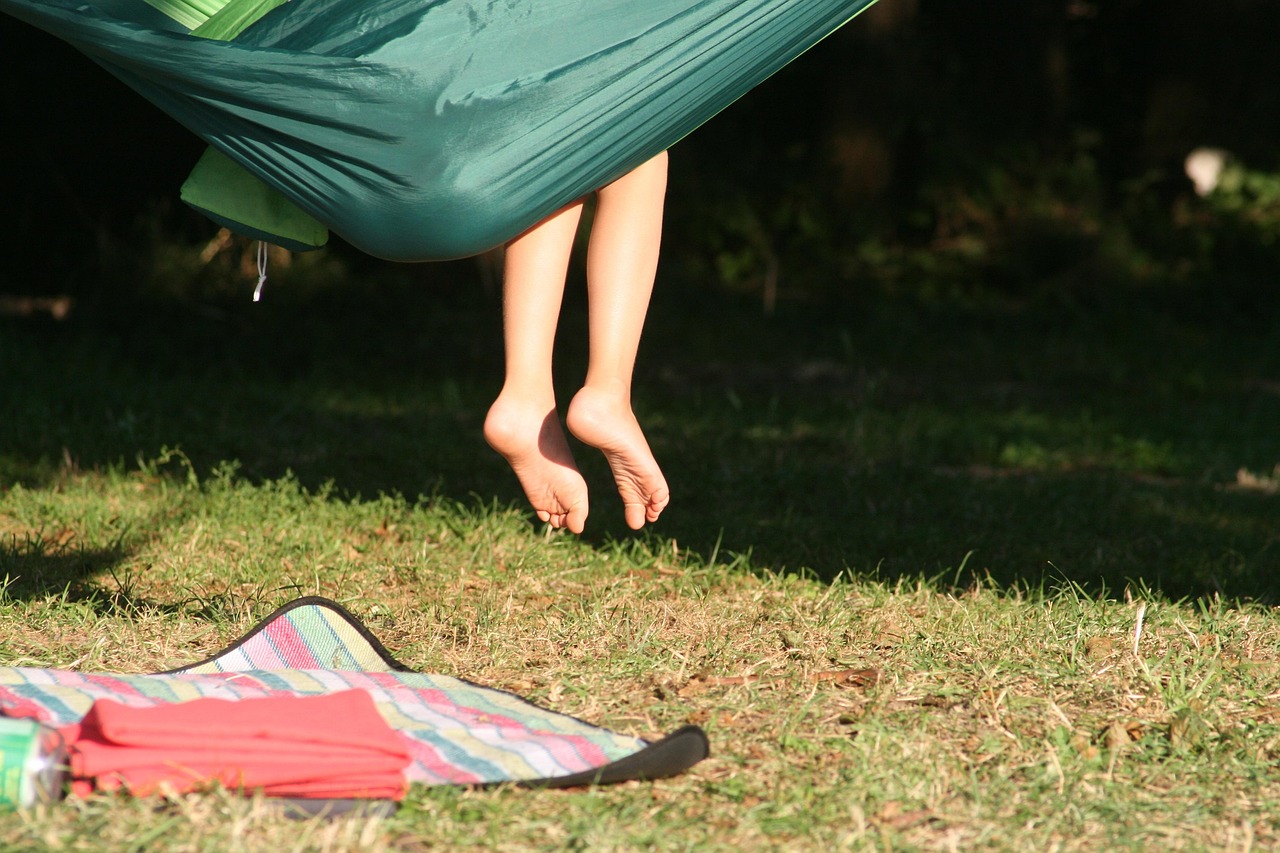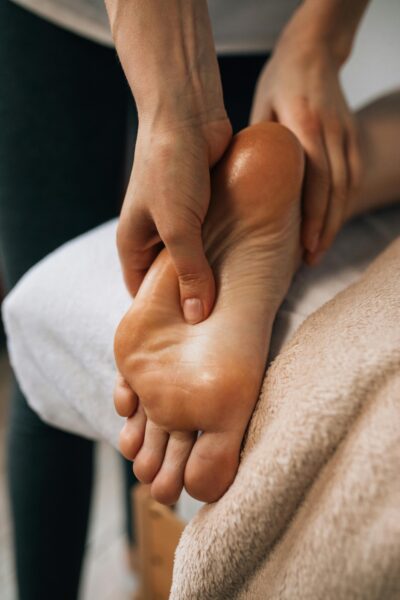From Runners to Hikers to Weekend Warriors: How Needles Help You Stay on Your Feet

If you’ve ever felt that sharp, stabbing pain in your heel as you get out of bed or take your first steps after a workout, you know the telltale signs of plantar fasciitis—one of the most common foot complaints among athletes and active folks alike.
The pain can be relentless, lingering for months and interfering with everything from your training schedule to your daily walks. But there’s good news: Acupuncture can help!
Why Plantar Fasciitis Hurts So Much
Plantar fasciitis is inflammation of the thick band of connective tissue (the plantar fascia) that runs along the sole of the foot, connecting your heel bone to your toes. It’s often caused by:
- Overuse (especially running or hiking)
- Poor foot mechanics
- Tight calves or Achilles tendons
- Long hours standing or walking on hard surfaces
Whether you’re logging miles, chasing PRs, or just trying to stay active, this condition can quickly turn into a chronic roadblock.
How Acupuncture Can Help
1. Reduces Inflammation and Pain
Acupuncture increases local blood flow and releases anti-inflammatory chemicals, helping calm irritation in the fascia. It also stimulates the body’s natural pain-relieving endorphins.
✅ Research: A randomized controlled trial published in Acupuncture in Medicine found that both manual and electroacupuncture significantly reduced pain and improved foot function in people with plantar heel pain syndrome. Results were sustained through a 28-week follow-up, with no serious adverse effects reported.
2. Releases Tension in the Calves and Foot Muscles
Plantar fasciitis often stems from tightness in the calves and foot muscles, which puts extra strain on the heel and fascia. Acupuncture, especially trigger point needling, releases deep tension in the gastrocnemius, soleus, and intrinsic foot muscles, improving flexibility and reducing the pull on the plantar tissue. This helps restore healthy movement patterns and brings lasting relief from pain and stiffness.
3. Stimulates Tissue Repair
Microtrauma from the needle stimulates collagen production and promotes tissue remodeling, an essential process for healing the damaged fascia.
✅ Research: In a clinical trial on chronic plantar fasciitis, 80% of patients receiving electroacupuncture reported at least 50% pain reduction, compared to just 13% in the conventional therapy group.
✅ Research: A 2018 systematic review concluded that acupuncture significantly reduces plantar fasciitis pain and improves mobility more effectively than sham treatments or standard therapies.
4. Improves Mobility
Regular acupuncture sessions can enhance your foot’s range of motion by increasing circulation, reducing inflammation, and relieving pain, helping you move more freely, comfortably, and with greater ease.
How TCM Sees Plantar Fasciitis
In Traditional Chinese Medicine, plantar fasciitis is not just a local foot problem—it’s a sign of imbalance in the body’s Qi (energy), Blood, and organ systems. While every patient’s pattern is unique, common TCM diagnoses for plantar fasciitis include:
- Blood Stasis – Pain that’s fixed, stabbing, or worse at night may signal poor circulation and stagnation of Blood in the channels of the foot and leg.
- Qi Stagnation – Achy, variable pain that worsens with stress or frustration can be linked to constrained Liver Qi affecting the sinews.
- Cold-Damp Obstruction – Pain that’s heavy, worse in cold weather, or improves with warmth may indicate Cold-Damp blocking the channels.
- Damp-Heat – Burning, swollen, or inflamed sensations in the heel can point to Damp-Heat in the channels.
- Kidney Yin or Yang Deficiency – Chronic, recurring heel pain—especially in older or very active individuals—may stem from weakened Kidney energy, which governs the bones and tendons.
A skilled practitioner identifies your pattern through questions, palpation, tongue, and pulse diagnosis, then tailors the acupuncture points and techniques accordingly. This is why two people with the same Western diagnosis may get entirely different point prescriptions in TCM.
What to Expect in Treatment
At our clinic, we combine acupuncture approaches to target both the symptoms and root causes of your foot pain.
A typical treatment for plantar fasciitis may include:
Herbal or lifestyle recommendations for recovery and prevention
Meridian-based acupuncture on distal points—including the hands, arms, or opposite leg—to influence the energetic channels that travel through the foot and calf
Trigger point release in the calf, hamstring, or glute muscles
Local needling at the heel and foot with electroacupuncture for stubborn pain and inflammation
Let’s get you back on your feet.
Book a session or reach out if you have questions—we’re here to help you move with ease.
Written by Dr. Paige Lindstrom L.Ac., DAcCHM, Dipl. O.M. (NCCAOM)


